Search
Search within Conflict
234 results found
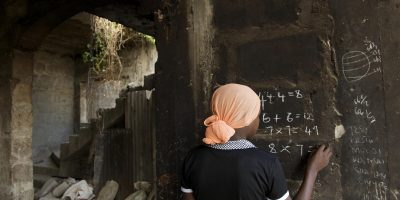
Ethics in Epidemics, Emergencies and Disasters: Research, Surveillance and Patient Care: Training Manual
The training manual has two parts. Part 1 covers ethical issues in research and surveillance, such as conflicts that might arise between the common good and individual autonomy, ethics oversight and publication ethics. Part 2 covers patient care, including triage,…
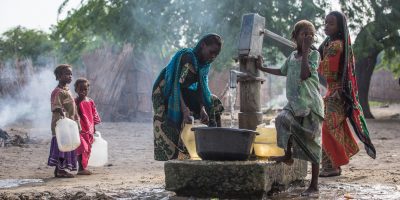
Foresight Papers
WHO’s Six-Year Strategic Plan to Minimize the Health Impact of Emergencies and Disasters: 2014-2019
Every year hundreds of millions of people worldwide are affected by emergencies and disasters1 due to natural and man-made hazards. These events often have devastating impacts on human health, causing hundreds of thousands of deaths, and illness and injury for…
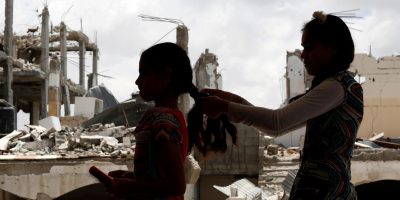
Tools
Assessing Mental Health and Psychosocial Needs and Resources: Toolkit for Humanitarian Settings
This document provides an approach and a toolkit to help those designing and conducting an assessment of mental health and psychosocial needs and resources in major humanitarian crises. These could include major natural and human-made disasters and complex emergencies (for…
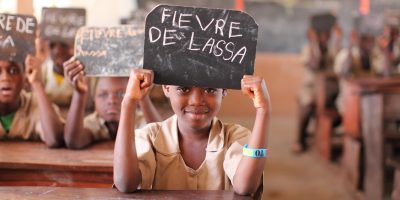
Foresight Papers
Setting, Measuring and Monitoring Targets for Disaster Risk Reduction
In many regions, disaster risk is continuing to increase, mostly because greater numbers of vulnerable people and assets are located in exposed areas. It is vital to start reversing these trends. Over the next 18 months, there will be negotiation…
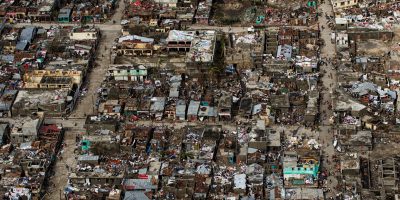
Background Reports
Excess Mortality in Refugees, Internally Displaced Persons and Resident Populations in Complex Humanitarian Emergencies (1998–2012) – Insights from Operational Data
Complex humanitarian emergencies are characterised by a break-down of health systems. All-cause mortality increases and non-violent excess deaths (predominantly due to infectious diseases) have been shown to outnumber violent deaths even in exceptionally brutal conflicts. However, affected populations are very…
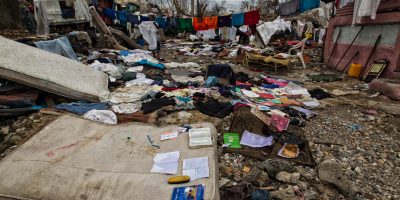
Foresight Papers
Poverty & Death: Disaster Mortality
The period 1996 to 2015 saw 7,056 disasters recorded worldwide by EM-DAT, the Emergency Events Database. The frequency of geophysical disasters (primarily earthquakes,including tsunamis, and volcanic eruptions) remained broadly constant throughout this period but there was a sustained rise in…
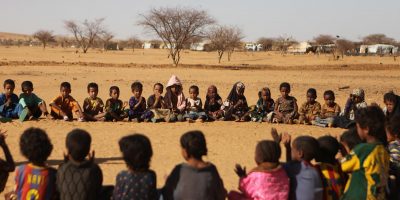
Background Reports
Health through People’s Empowerment: A Rights-Based Approach to Participation
Analysis of the academic discourse on participation, empowerment, and the right to health since the 1978 Alma-Ata International Conference on Primary Health Care and the subsequent Alma-Ata Declaration shows that each phase of the evolution of these concepts added important…
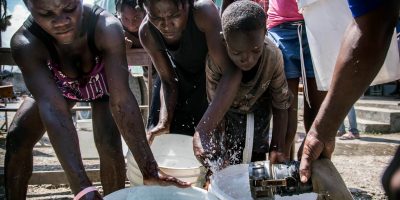
Evidence Reviews
The Impact of Protracted Crises on Attitudes and Aspirations
This rapid review explores the impact of protracted crises on attitudes and aspirations. It provides a general overview of what is meant by the term protracted crisis, a broad reading of the influence of different types of protracted crisis on…
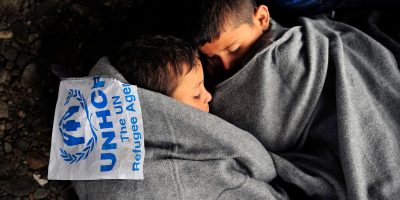
Evidence Reviews
Coordinated Assessments in Emergencies – What We Know Now: Key Lessons from Field Experience
This document uses lessons learned from recent coordinated assessments to distil key points,advice, and pitfalls in carrying out a Coordinated Assessment during the first weeks of a disaster. It provides a general introduction to what has been learned about coordinated…

Evidence Reviews
Call Detail Records: The Use of Mobile Phone Data to Track and Predict Population Displacement in Disasters
Information about the displacement of people after disasters is crucial in determining the scale and impact of the emergency, and is vital for conducting humanitarian needs assessment on the ground. Methods to forecast or detect such migration are however very…
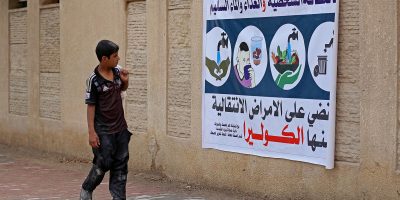
Briefings
Scenario Development
A scenario projects alternative ways in which a situation might evolve. It is a set of informed assumptions about a situation that may require humanitarian action. Building scenarios involves speculating about an uncertain future and envisaging different possible outcomes for…
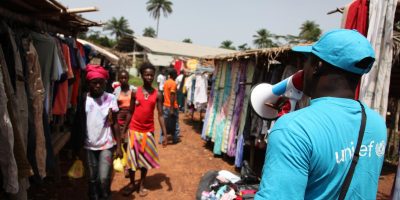
Evidence Reviews
How Sure Are You? Judging Quality and Usability of Data Collected during Rapid Needs Assessments
The objective of this technical brief is to provide guidance on how you could assess the quality of information used as evidence for decision making during humanitarian needs assessments. It aims to assist analysts in understanding the distinction between sources…


